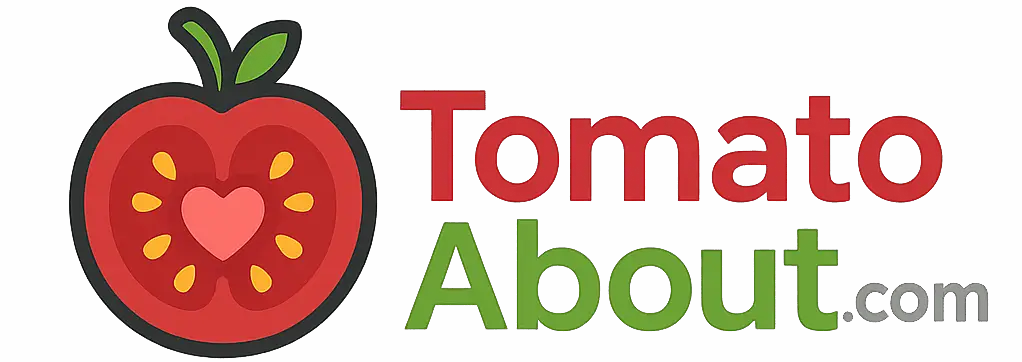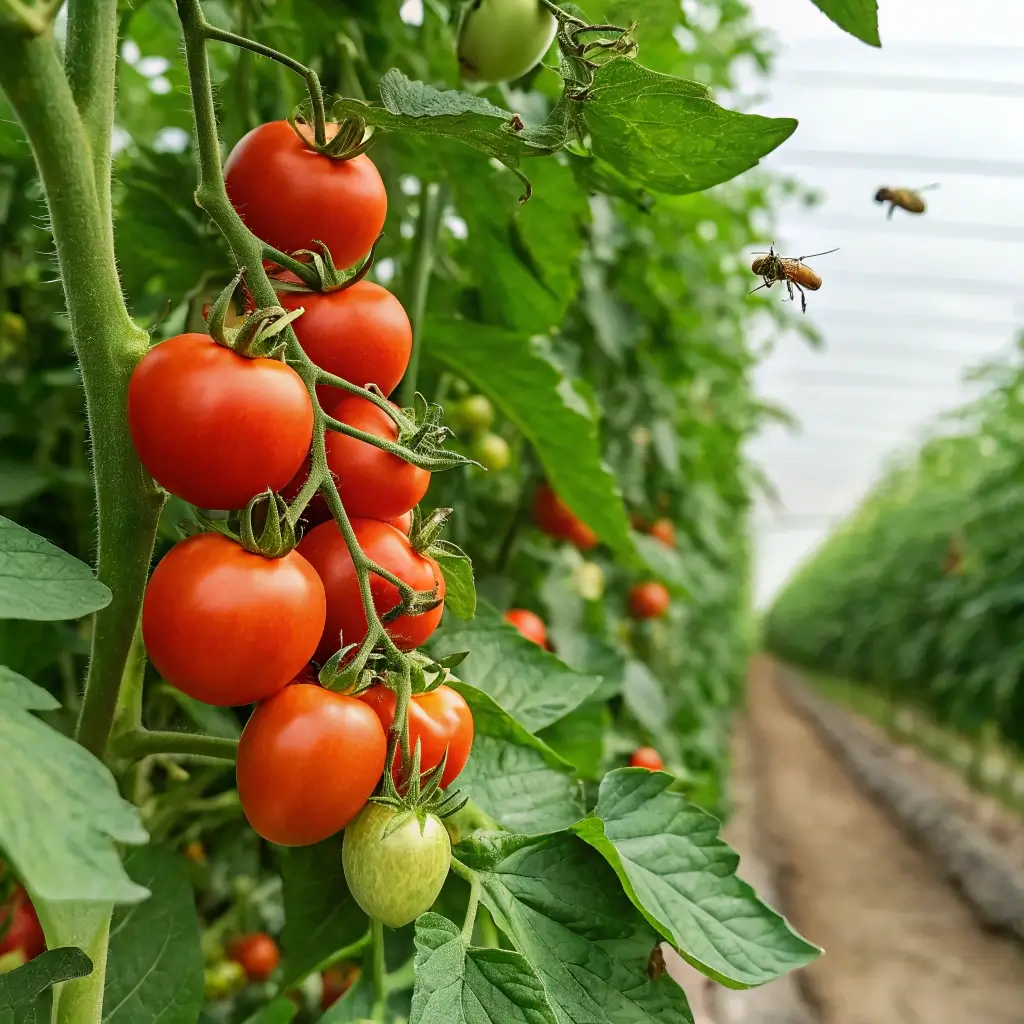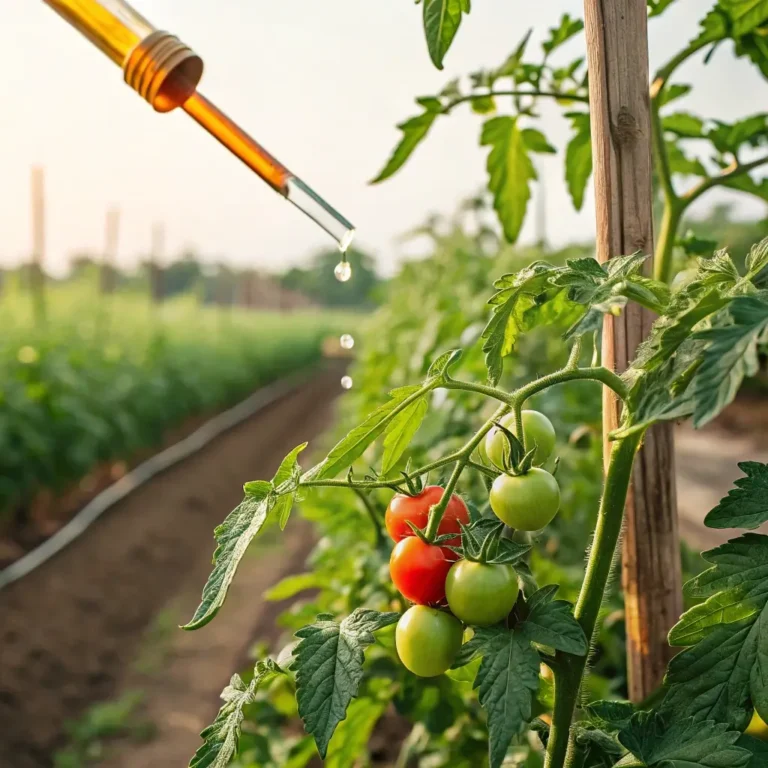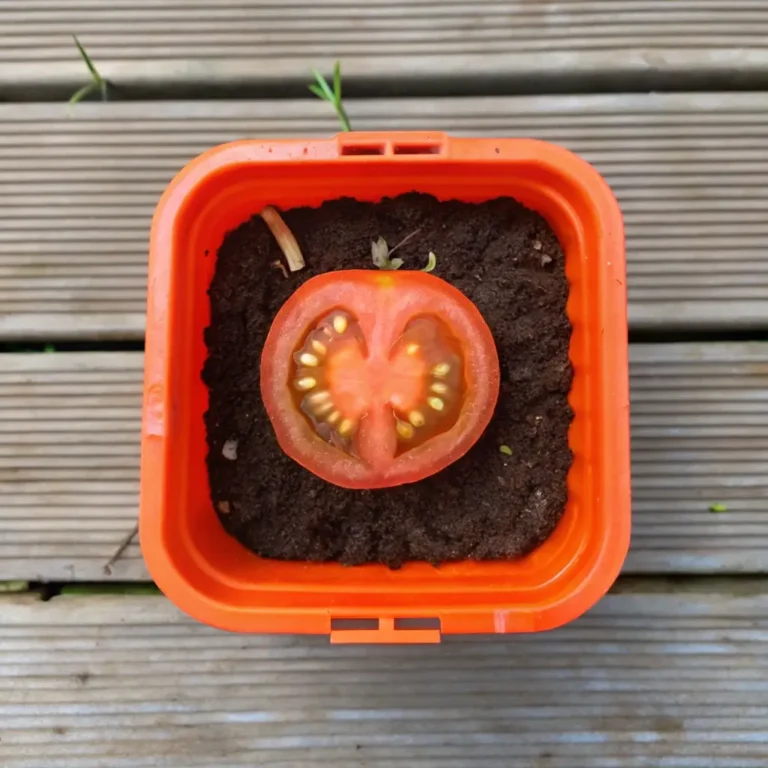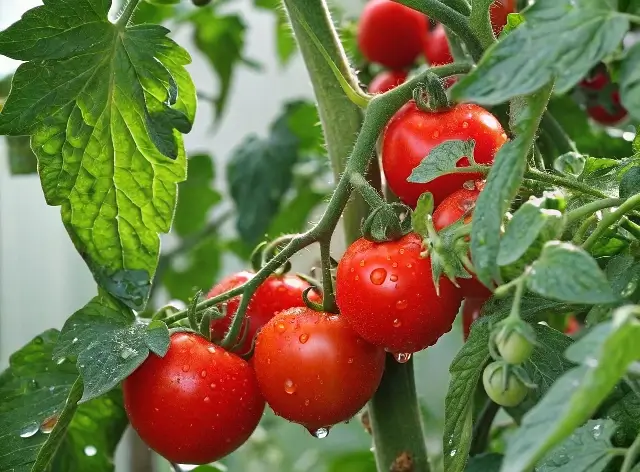Where Do Tomatoes Come From? 7 Surprising Facts You Should Know
Table of Contents
Introduction: The Mystery Behind Your Favorite Fruit
Have you ever bitten into a juicy tomato and wondered about its origins? While 77% of Americans consider tomatoes a vegetable, they’re botanically classified as fruits. So where do tomatoes come from, and how did they become a staple in cuisines worldwide? The journey of this vibrant red fruit is more fascinating than most people realize, with roots dating back thousands of years to a place far from your kitchen garden. Whether you’re slicing them for sandwiches or simmering them into sauce, understanding where tomatoes come from adds a rich layer of appreciation to this versatile ingredient.
The Origin Story: Where Do Tomatoes Really Come From?
1. Wild Beginnings in South America
Contrary to popular belief, tomatoes aren’t native to Italy or any Mediterranean country. Archaeological evidence suggests that wild tomatoes originated in the Andes Mountains, specifically in regions of modern-day Peru, Ecuador, and parts of Chile. These ancestral varieties looked quite different from today’s tomatoes – they were small, yellow berries about the size of peas. Genetic studies reveal that the earliest domestication occurred around 7,000 years ago by indigenous people of Mexico who cultivated these wild species into larger, more palatable fruits.
2. The Aztec Connection
The word “tomato” derives from the Aztec word “tomatl,” highlighting the fruit’s deep roots in Mesoamerican culture. Historical records indicate that by 500 BCE, tomatoes were a significant part of Aztec cuisine. These early cultivated varieties were yellow rather than red, earning them the name “xitomatl” or “plump thing with a navel.” Aztec cooking manuscripts document numerous tomato-based preparations, demonstrating how integral the fruit was to their culinary traditions.
3. European Introduction
When Spanish conquistadors arrived in Mexico in the 16th century, they encountered tomatoes and brought them back to Europe around 1521. However, Europeans initially viewed tomatoes with suspicion. Belonging to the nightshade family (which includes deadly plants like belladonna), tomatoes were considered poisonous by many. In fact, wealthy Europeans used pewter plates, which had high lead content that caused the acidic tomatoes to leach lead, resulting in actual poisonings that reinforced the fruit’s dangerous reputation.
4. From Ornamental Plant to Food
For nearly two centuries in Europe, tomatoes were primarily grown as ornamental plants rather than food. Italian and Spanish cuisine were among the first to embrace tomatoes culinarily in the late 17th century. Historical cookbooks from Naples dating to 1692 contain the first recorded recipes for tomato sauce, marking a turning point in Mediterranean cuisine. By contrast, Northern Europeans and American colonists remained skeptical until the late 18th century.
5. American Reintroduction
In an ironic twist of history, tomatoes were reintroduced to North America by European colonists. Thomas Jefferson was among the early American advocates for tomatoes, growing them at Monticello as early as 1781. However, widespread American acceptance didn’t come until 1820, when Colonel Robert Gibbon Johnson publicly ate a basket of tomatoes on the steps of a courthouse in Salem, New Jersey, proving they weren’t poisonous. Within decades, tomatoes became a commercial crop across the United States.
6. Modern Global Diversity
Today, there are over 10,000 varieties of tomatoes cultivated worldwide, showcasing remarkable diversity in size, shape, color, and flavor. China leads global production with approximately 56 million tons annually, followed by India and the United States. The San Marzano tomato from Italy, prized for sauce-making, received protected designation of origin status in 1996, highlighting how specific regions have developed their own signature varieties.
7. Genetic Modification and Future Evolution
The modern tomato has undergone significant genetic changes since its wild beginnings. Commercial varieties have been selectively bred for traits like disease resistance, shelf life, and uniform appearance, sometimes at the expense of flavor. In 2018, scientists successfully mapped the entire tomato genome, identifying 4,873 genes that differ between modern commercial tomatoes and their wild ancestors. This genetic blueprint is now guiding efforts to develop tomatoes with enhanced flavor while maintaining the practical traits needed for commercial production.
The Nutritional Powerhouse Behind Tomatoes
Tomatoes earn their “superfood” status through impressive nutritional credentials. A medium tomato contains just 22 calories while providing 40% of your daily vitamin C needs. However, their standout nutrient is lycopene—the phytochemical responsible for their red color. Studies involving over 200,000 participants found that lycopene consumption is associated with a 15-20% reduction in cardiovascular disease risk. Interestingly, cooking tomatoes increases lycopene bioavailability by up to 500%, making tomato sauce nutritionally superior to raw tomatoes in some respects.
Cultivating Your Own Heritage
Growing tomatoes at home connects you directly to their rich history. Heirloom varieties—those passed down for generations—offer tastes and textures largely lost in commercial production. Organizations like Seed Savers Exchange preserve over 1,000 tomato varieties, some dating back centuries. Starting from seed rather than seedlings gives you access to these historical treasures. With 2023 surveys showing 67% of home gardeners grow tomatoes—making it the most popular garden crop—you’ll be joining a global community of tomato enthusiasts tracing back to ancient Mesoamerica.
Conclusion: Appreciating the Tomato’s Journey
The humble tomato’s journey from tiny wild berry in the Andes to global culinary staple represents one of food history’s most remarkable transformations. Understanding where tomatoes come from enriches our appreciation for this fruit that transcends cultural boundaries. Next time you slice a tomato for your sandwich or simmer a sauce, consider the thousands of years of human ingenuity and botanical evolution that brought this remarkable fruit to your kitchen. From ancient Aztec dishes to Italian pasta sauces to American ketchup, tomatoes continue to evolve alongside human culinary traditions.
FAQs About Tomatoes
Are tomatoes native to Italy?
No, tomatoes originated in South America and were brought to Europe by Spanish explorers in the 16th century. They didn’t become a staple in Italian cuisine until the late 17th century.
When did tomatoes arrive in the United States?
While native to parts of South America, tomatoes were introduced to North America by European colonists in the late 1700s. They weren’t widely accepted as food until the early 1800s.
Why were tomatoes once considered poisonous?
Tomatoes belong to the nightshade family, which includes several poisonous plants. Additionally, when wealthy Europeans ate tomatoes off pewter plates, the acidity caused lead poisoning, reinforcing the belief they were toxic.
What makes heirloom tomatoes different from regular tomatoes?
Heirloom tomatoes are open-pollinated varieties that have been cultivated for at least 50 years, often passed down through generations. They typically offer more diverse flavors, colors, and shapes than modern commercial varieties.
How many varieties of tomatoes exist today?
There are over 10,000 varieties of tomatoes worldwide, ranging from tiny currant tomatoes to massive beefsteaks, and coming in colors including red, yellow, orange, pink, purple, black, and even striped varieties.
